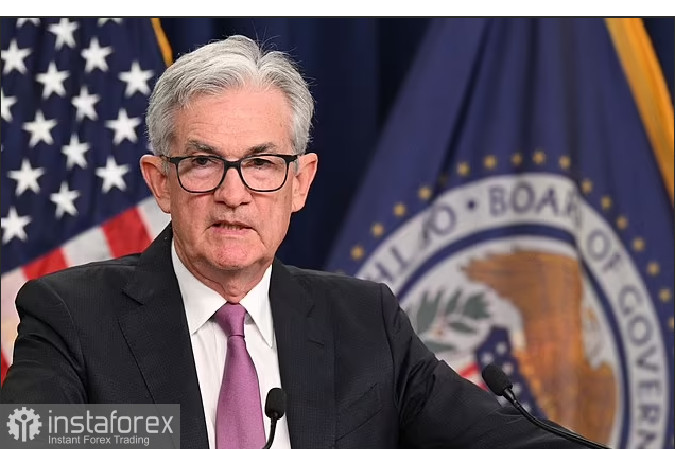
The bullish summer days are over as global investors act out the hawkish toughness of Federal Reserve Chairman Jerome Powell and reports that interest rates will rise longer in the painful fight against inflation.
With further catalysts for volatility going forward will be the shutdown of the key Nord Stream gas pipeline to Europe for maintenance and the reduction of the Fed's balance sheet amid important data on the US labor market. Investors are extremely cautious after Friday's fall in stocks after Jackson Hole. This was prompted by Powell's refutation of the notion that the trajectory of monetary tightening may soon soften.
The downturn further dampened a summer rally in equities, which was fueled by expectations that the Fed would move to cut rates next year as economic growth slows. Powell pointed to the need for a sustained restrictive monetary policy. His comments lifted 2-year Treasury yields and caused investors to rush to the dollar as a safe haven from volatility.
Stock markets in the US and Europe reacted extremely negatively to Powell's comments:
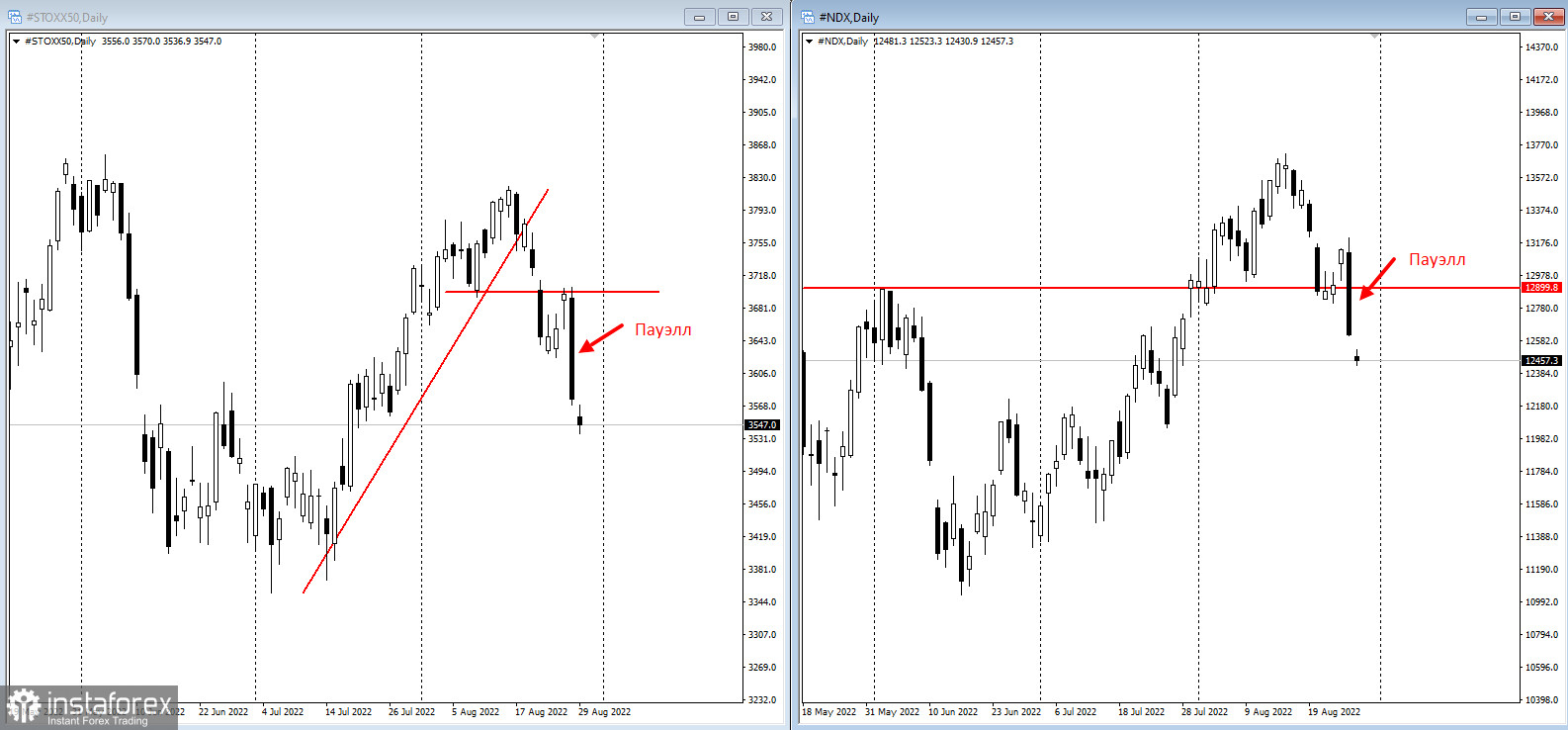
Powell was "really a hawk" at Jackson Hole, said Manish Bhargava, a fund manager at Straits Investment Holdings in Singapore. There will be "a lot of red" on Monday in a fading summer rally as money moves out of emerging markets, he said.
Traders braced themselves for a bad start to the week. U.S. stock futures fell along with Asian stocks on Monday, and two-year Treasury yields hit their highest since 2007. Weakening risk appetite was evident in bitcoin, which fell below the $20,000 level.
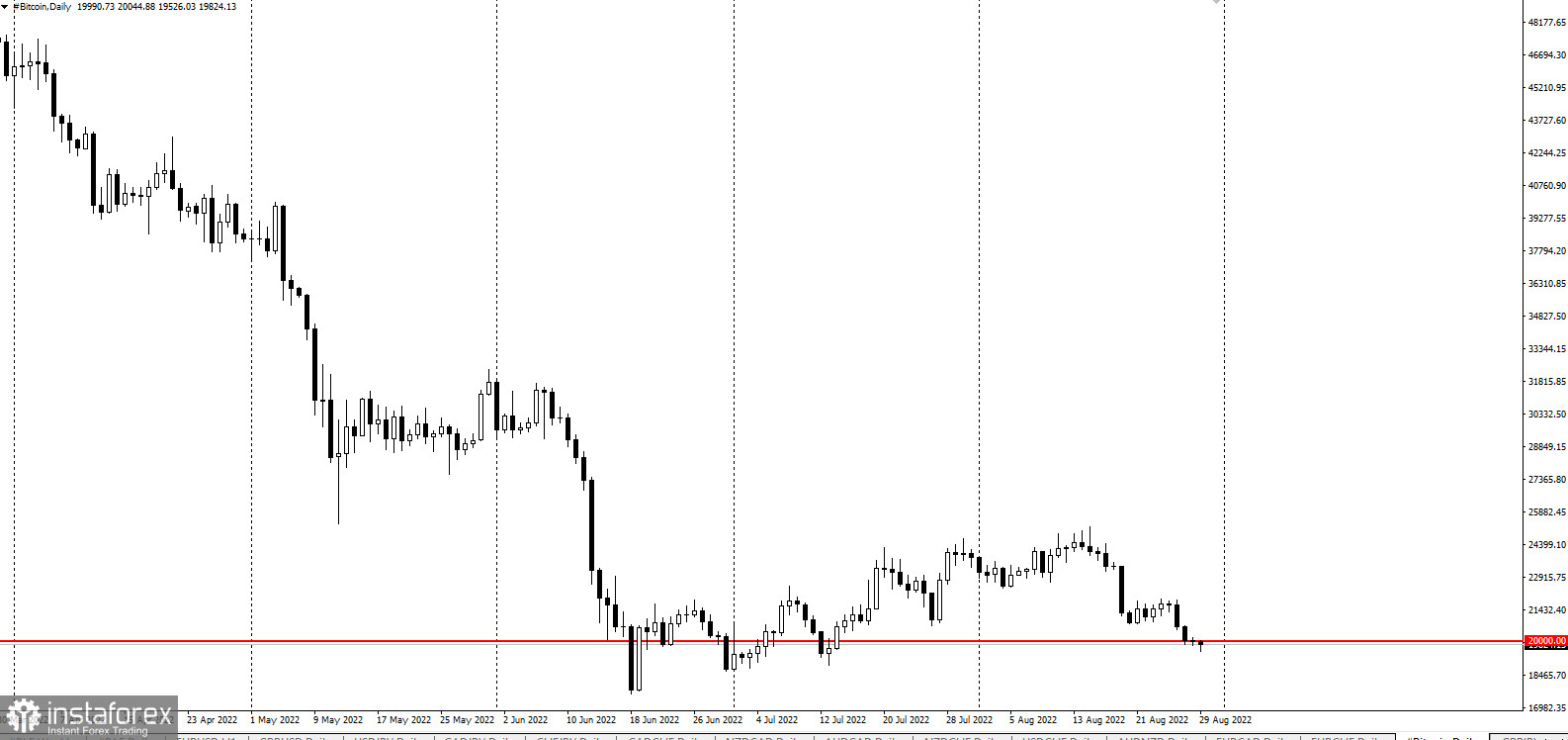
Powell's comments are a further boost for the dollar, according to analysts at Westpac Banking Corp. and Bank of Singapore. The latter's chief economist Mansoor Mohi-uddin said it is both a safe haven and a high-yield carry trade compared to lower-yielding Group 10 currencies such as the euro, pound and yen.
"The dollar-yen is the most obvious way to play on the Fed's increasingly determined position, and 140 is likely to give way ahead of the September FOMC meeting," said Sean Callow, senior FX strategist at Westpac.
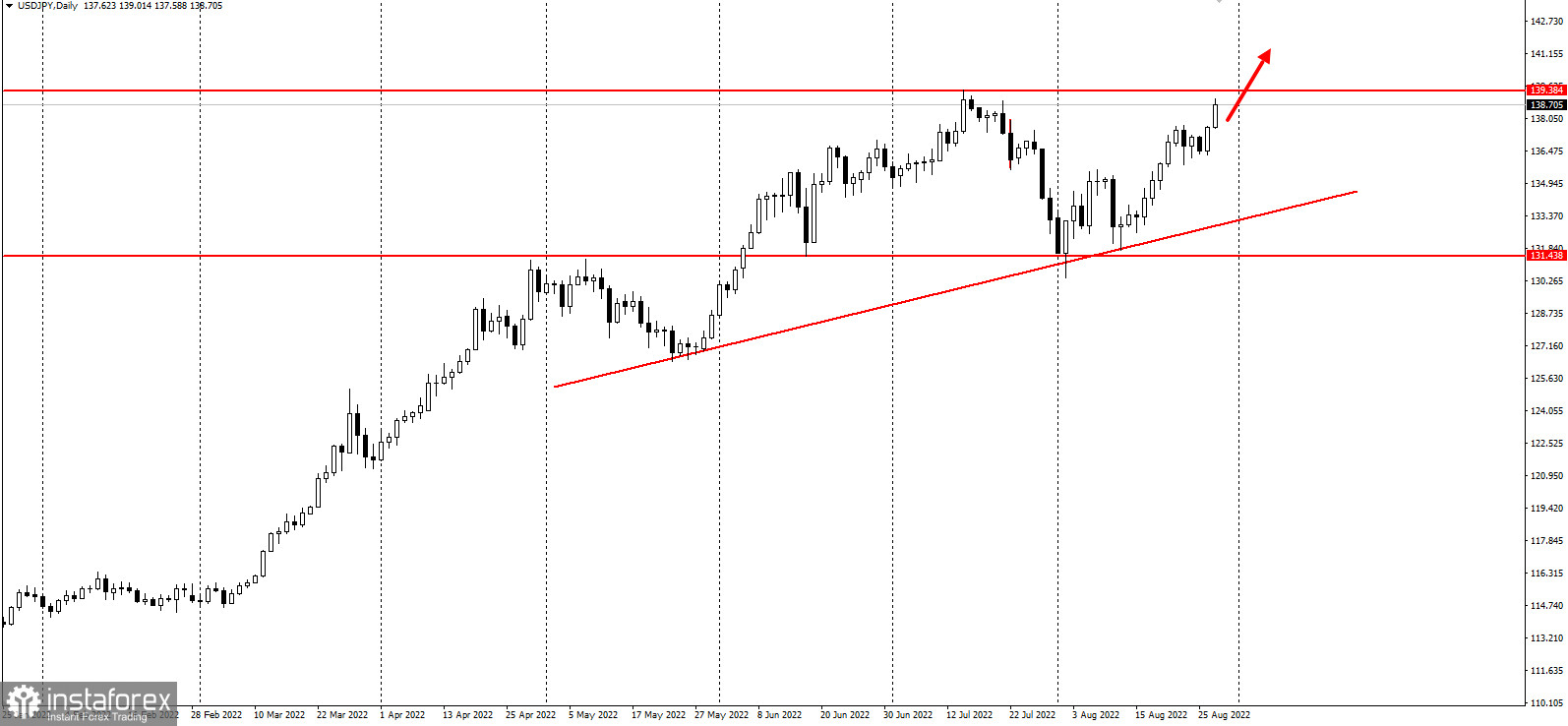
The dollar is up more than 10% this year, while the 16% drop in the yen leaves it at the bottom of the G-10, a split reflecting the continued "easy money" stance, Bank of Japan Governor Haruhiko Kuroda reaffirmed at Jackson Hole.
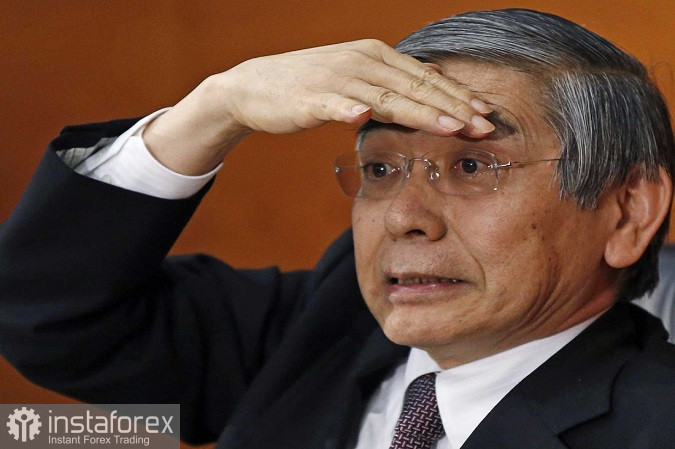
The main message of the symposium was that the cost of borrowing is rising from the US to Europe and Asia. Officials are battling one of the highest inflation in a generation, fueled by damaged energy and component supply chains from fighting in Ukraine and Covid restrictions in China.
"Restoring price stability will likely require continued restrictive policies for some time," Powell told an audience at the Fed's annual retreat. "Historical data strongly warn against premature policy easing."
Investors now expect the Fed's interest rate to peak in March at around 3.80% and have lowered cut rates in 2023. The US yield curve between five-year and 30-year maturities has flipped for the second time this month, while the gap between the higher two-year yield and the 10-year rate widened.
The bigger picture, however, is the Fed's goal of tightening financial conditions in the world's largest economy until inflation is visibly subdued. Incoming data on employment and consumer prices will be critical to assessing progress.





















